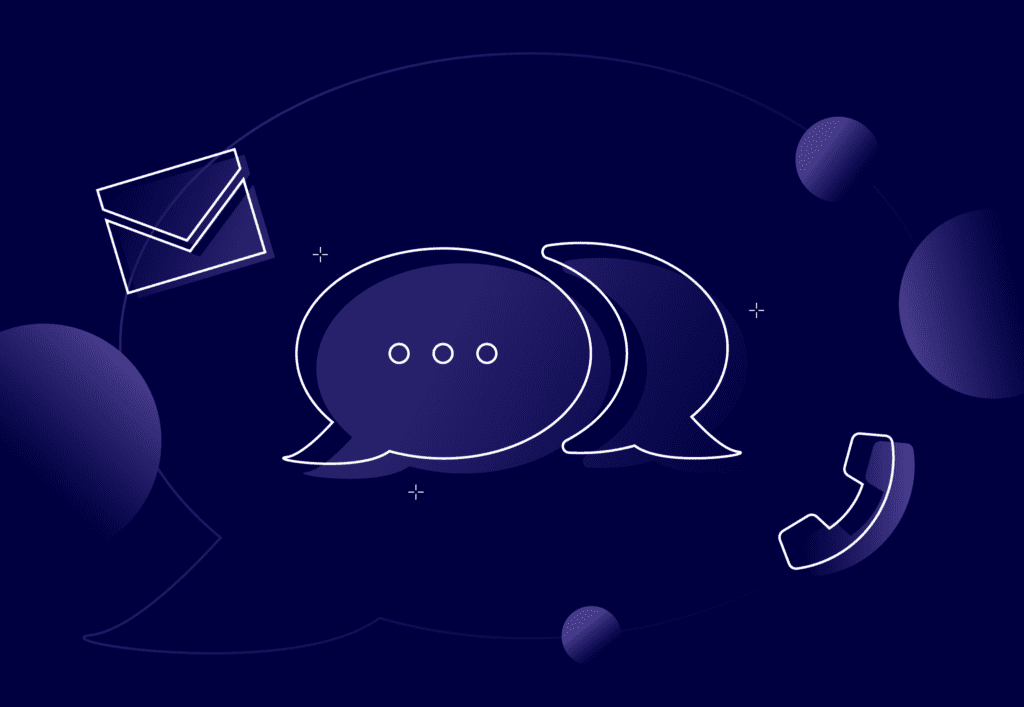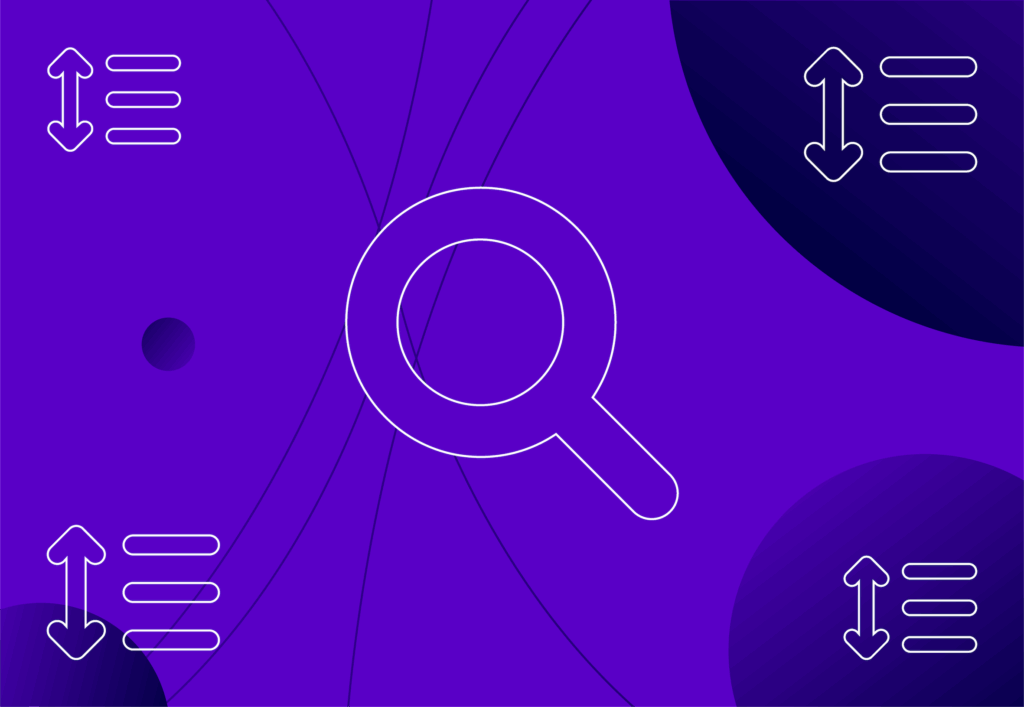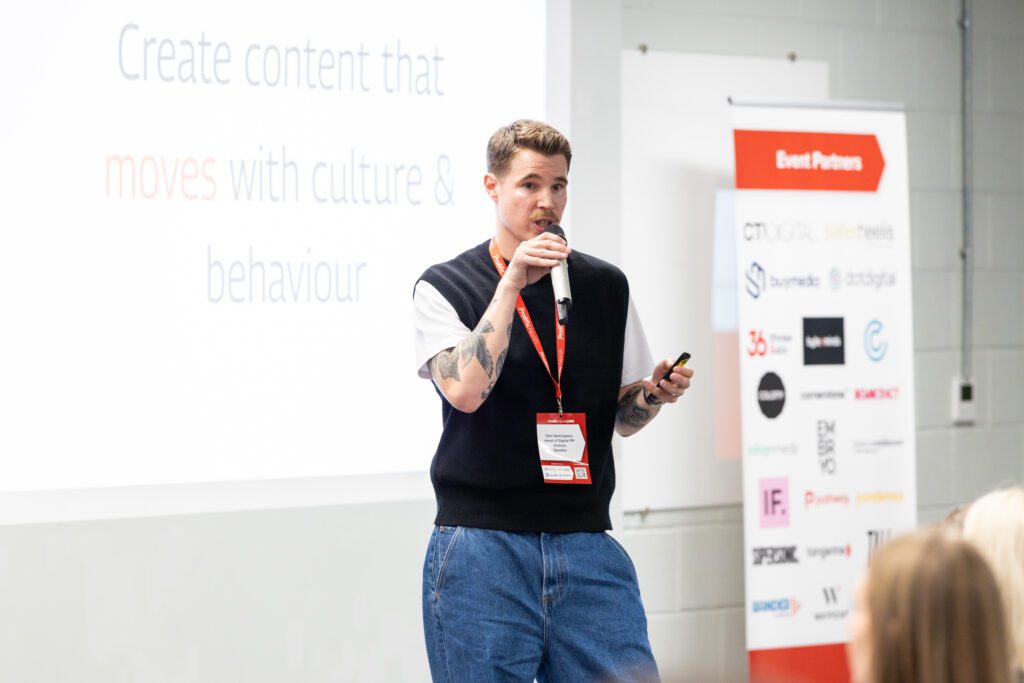
Rethinking your communication

How many conversations have you found yourself within, where your primary goal is to get the person on the other side to say the word ‘yes’?
This could be when speaking to clients, a colleague, a family member or even your partner. The word yes is often seen as the ultimate aim, the final goal of the conversation.
We as individuals are addicted to the ‘Yes’ momentum method and don’t even realise it. This is because this method has been applied to all of us, many times throughout our lives in the hope to get us to buy or agree.
The ethos behind the yes momentum is as follows…
The principle of the “yes, yes” technique is built on the idea of a positive mindset. If someone is in a positive state of mind, they are far more likely to respond positively to you. In this specific case, they are more likely to say, “yes” to your offer to agree or to buy.
Although this method did once have a place in sales and communication, it is an ‘old hat’ method and it does not work, especially in this day and age.
Does the word yes always mean ‘yes’?
No, absolutely not.
In saying yes, you are committing to something. Often, immediately after you’ve committed, you begin worrying about what you’ve just signed up for.
This means, at best, every yes is a conditional yes or in most cases a yes is a counterfeit yes that’s said simply to get the other side to shut up.
Getting the other side to say no is actually what you should be gaining when you communicate.
This may seem counter-intuitive but it actually works and it gets the best outcome for you and your customer/colleague/partner.
We need to re-think our communications
Yes doesn’t work for the following reasons:
You have been conditioned to expect hidden hooks in yes. Each and every one of us has, at some point, been trapped by it in the past. Someone has used the word yes with them as a micro-commitment or a tie-down and used it as a way of trapping us into our desired course of action.
Thinking of our recent interaction with a friend, partner or even client, can you honestly remember a time when you achieved good implementation of an agreement whereby the other side has been trapped by yes? Can you expect to maintain trust?
Instead, if you want a relationship to last or you want to obtain a strong close on a business agreement—you go for the word ‘no’.
The power of ‘no’
Yes is a commitment; no is protection.
When we say no, we mean it. No is always no.
Getting someone to say no is one of the best communication skills you can possess, it is also incredibly easy. This is because it gives control back over to your counterpart and will ensure the best outcome for both parties. To achieve this you will need to adjust your yes-oriented questions into no-oriented questions.
Instead of asking the hostess at the next fancy restaurant that you visit, Is it OK if we sit in the reserved section of the restaurant? ask them, how much trouble would it cause you if we sat there?
Every single yes-oriented question you ask can be flipped around.
I have listed some of the phrases like these in your statement:
Using no:
- “Do you agree?” becomes “Do you disagree?”
- “Would you like to?” becomes “Are you against … ?” or “Is this a ridiculous idea?”
Any yes-oriented question can and needs to be flipped around and changed to a non-oriented question.
- Have you given up on …?
- Is it ridiculous …?
- Would it be horrible …?
- Is it a bad idea …?
- Would it be unreasonable….?
Decision fatigue
No-oriented questions related to decision fatigue:
It is a little known fact that you, me and all of us suffer from decision fatigue. Within any normal working day, our brains reach a saturation point whereby we have reached our maximum number of decisions that we can make with clarity and a clear mind – this usually occurs at around 13:00.
A segment on Decision fatigue from ‘Medical News Today’ is below;
Decision fatigue is the idea that after making many decisions, a person’s ability to make additional decisions become worse.
The psychological effects of decision fatigue can vary, potentially leading to difficulty making the right decisions, impulse buying, or other avoidance behaviours.
There may be some ways to combat decision fatigue or limit the decisions a person needs to make to reduce the stress associated with decision making.
Decision fatigue is a psychological phenomenon surrounding a person’s ability or capacity to make decisions. It is also called ego depletion.
The theory surrounding decision fatigue is that a human’s ability to make decisions can get worse after making many decisions, as their brain will be more fatigued.
This fatigue applies to all decisions, not simply the large or more difficult ones.
It can help some people to think of the decision making ability as a finite source, such as a battery.
Each decision reduces the charge of the battery, and the person has less energy available to make other decisions later on.
With this in mind – no orientation questions reduce the strain and impact of the decision-making process. A no orientated question triggers ‘follow on the thought’.
The above article tells us we are only capable of making a certain number of decisions every day, and by the end of the day, our brains start to wear out.
Individuals like Mark Zuckerberg and Steve Jobs are famous for wearing the same thing every day. They do not want to burn up mental decision power on what shirt to wear when the decisions they make every day are worth millions of dollars.
How to start
When you pose a question to someone that starts with ‘what’ or ‘how’ it triggers fatigue in the other side.
If you can flip the question to a ‘Is this a bad idea’ type of question, you actually trigger focus and a little bit of energy—thus inducing an answer.
Have some fun in your up and coming interactions – Use these communication skills in low-stakes scenarios—like buying your morning coffee or filling up petrol. I personally like to pose the same type of question to my partner – first with a yes orientated question and then with a no orientated question.
You will be shocked at the results. Enjoy the exercise and remember that practice makes perfect.
Once you start to see the impact, why not try bringing it into your working day? For example, in the marketing industry, when often decisions are down to multiple people, it can be a good idea to focus on questions that make people answer ‘no’ to negative impacts, encouraging them to see the positives.
Work with us
Here at Embryo, our strong client relationships are the foundation of good results. Do you want to get involved with an award-winning digital marketing agency? Get in touch today.



